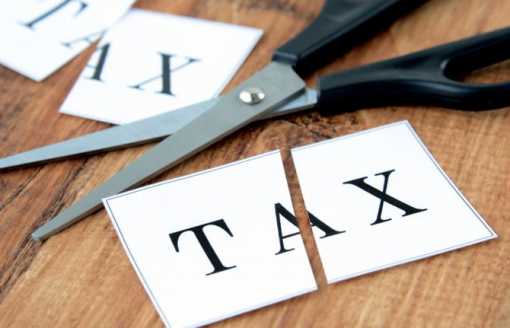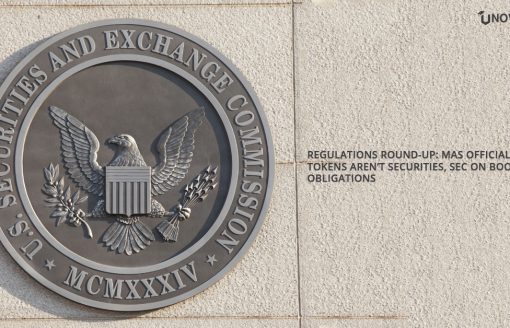Walmart had filed 3 patents related to blockchain technology in 2016 and 2017. The United States Patents and Trademarks Office (USTPO) is the organization responsible for the review and award of patents and had issued the patents right to Walmart last week. While the first patent was issued for designing a blockchain-based energy system for managing demand of electricity, the second one was for a medical records system that allows patient data to be stored in a distributed ledger. The third patent was issued for building a system that allows users to securely access a real or virtual space using cryptographic keys stored on the blockchain network.
Walmart Patents New Blockchain Powered Energy Management System
The USPTO has released the patent filed by Walmart, the US retail giant in December 2017. This patent largely talks about a blockchain-based energy network, that will be able to cap the supply of electricity to both domestic sites and large enterprises, based on the use of a cryptocurrency (like Bitcoin) as a mode of payment. To further elaborate, this system will allocate a certain amount of cryptocurrency to the consumers to buy electricity from a source and will further allocate a specific amount of cryptocurrency to each energy consumption device. All of the mentioned data will be recorded and saved on a publicly distributed transaction ledger, or the blockchain network. If any additional units of energy are required, it can be provided by the system which verifies energy consumption and the availability of cryptocurrency units to make the requested purchase.
The patent for the new electrical grid system talks about three broad components required for the success of the network. Of these, the first is a metering device which will measure, analyze and allocate energy and a proportion of the total cryptocurrency budget to each device at a site. The patent also states that the distributed ledger system on which this network would be established, will help different devices in sharing funds according to the respective requirements. Power consumption can be distributed and optimized by analyzing the power utilization of one device compared to the others. For devices that use less energy, the volume can be distributed among other gadgets.
Moreover, if a device exceeds its allotment of crypto-coins, it could ask for digital-coins from another device on the network. The second most important requirement would be an energy provider, which is “configured to deliver a limited amount of energy to a single network.” This system would also need a computer system which would implement the method and will be able to control the transactions and energy flow.
The trigger behind designing such a system can be attributed to inefficiency in the energy usage around the world. Increased costs, leakage of power, fraud and theft of energy from the grid and failures of power grids due to unoptimized allocation of energy have piled on and led to an inefficient and weak energy system. Walmart intends to design an intelligent system to manage an electrical grid “by regulating a demand on the electrical grid.”
While most patents have ground-breaking ideas but fail on execution, Walmart can use the power of the blockchain ledger system, IoT, Artificial Intelligence and some basic machine-learning algorithms and analytics to optimize power consumption by devices around the world.






Tax rate on cryptocurrencies slashed in France